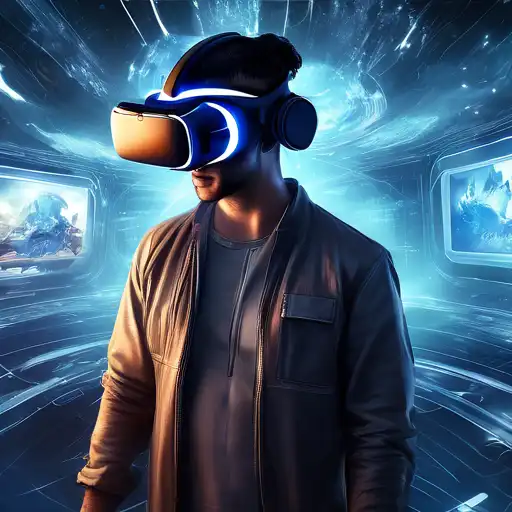Introduction to Virtual Reality
Virtual Reality (VR) has revolutionized the way we interact with digital content, offering an immersive experience that transcends traditional screen-based interactions. By simulating a three-dimensional environment, VR allows users to explore and interact with virtual worlds in a way that feels incredibly real.
The Evolution of Virtual Reality
The journey of VR from a futuristic concept to a mainstream technology has been remarkable. Early experiments in the 20th century laid the groundwork for today's advanced VR systems, which are now accessible to consumers worldwide. The development of high-quality headsets and motion tracking technology has significantly enhanced the VR experience, making it more immersive and interactive than ever before.
Applications of Virtual Reality
VR technology finds applications across various sectors, including education, healthcare, entertainment, and real estate. In education, VR can simulate historical events or scientific phenomena, providing students with a unique learning experience. Healthcare professionals use VR for surgical training and patient therapy, while the entertainment industry offers immersive games and virtual tours.
Benefits of Virtual Reality
- Enhanced Learning: VR provides an interactive platform for education, making complex subjects easier to understand.
- Improved Training: Professionals can practice skills in a risk-free virtual environment.
- Entertainment: Offers unparalleled gaming and movie-watching experiences.
- Therapeutic Uses: Helps in treating phobias, PTSD, and other mental health conditions.
Challenges and Future Directions
Despite its potential, VR faces challenges such as high costs, technical limitations, and health concerns like motion sickness. However, ongoing advancements in technology promise to overcome these hurdles, paving the way for more accessible and versatile VR applications. The future of VR includes more realistic simulations, wireless headsets, and integration with other technologies like augmented reality (AR).
Conclusion
Virtual Reality is more than just a technological innovation; it's a new dimension of experience that offers endless possibilities. As VR continues to evolve, it will further blur the lines between the virtual and the real, transforming how we learn, work, and play. For those interested in exploring the latest in VR technology, check out our tech trends section for more insights.
